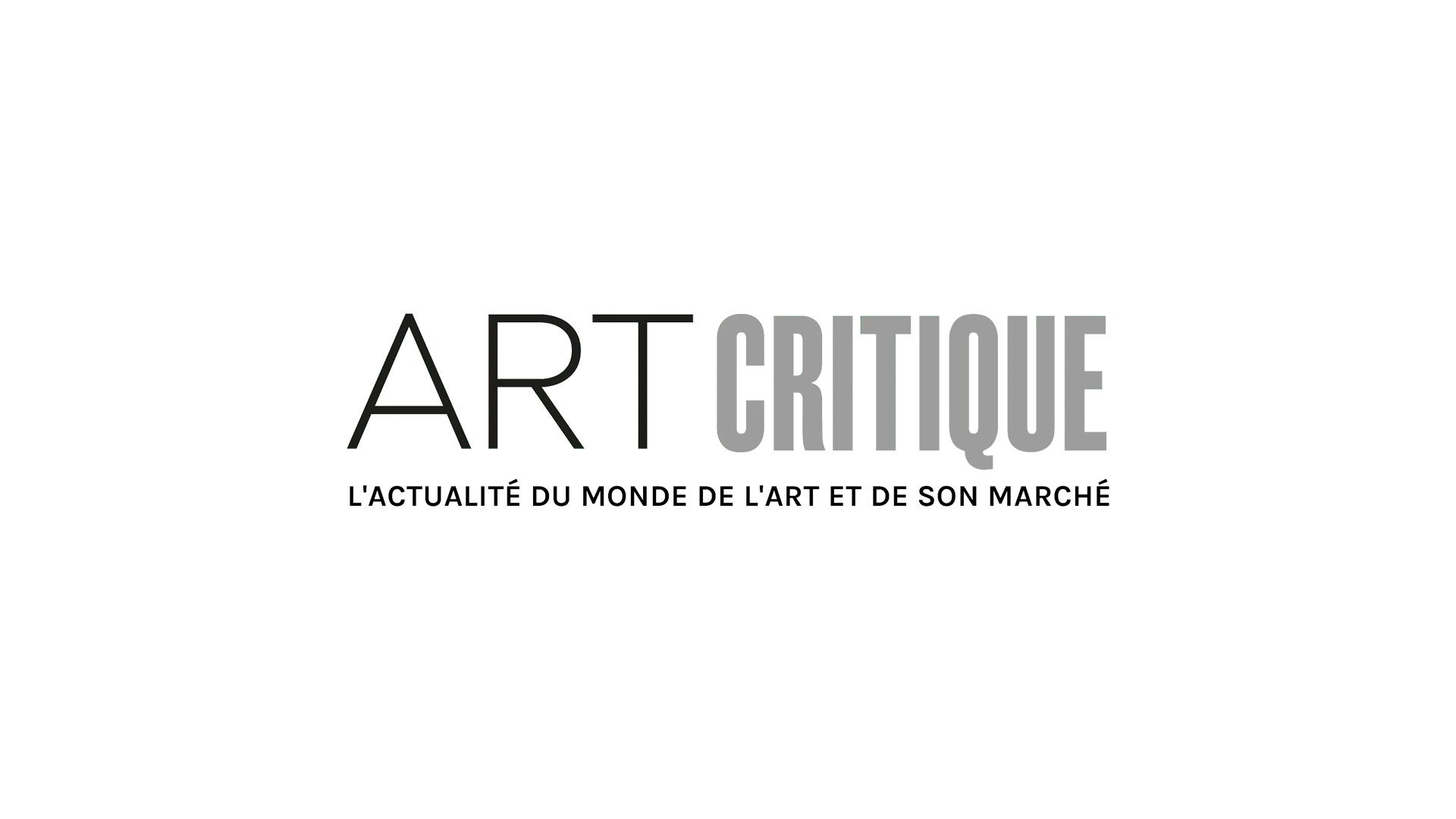Within their respective domains, both Laurent Le Bon and Patrick Mauriès prove their originality, focusing on what is usually considered an obvious way to awaken (and to reveal) individuality. So, it’s not surprising that they eventually found themselves working together on a common project in a place that is not common: The Hélène & Édouard Leclerc Fund for Culture in Landerneau rather than at the Grand Palais in Paris. Since it opened in 2012, the Leclerc Fund has established itself as one of the best exhibition sites in France, both in terms of the scale and quality of its spaces and the rigorousness of its programming. It has also hosted memorable exhibitions on Miro, Giacometti, Chagall and Moore. After these major monographs, the 2019 program arouses …curiosity!

Curiosity cabinets became popular at the end of the Renaissance. They expressed the spirit of an era that brought Mannerism to painting, a subject about which Patrick Mauriès, who is often overlooked, is one of the greatest authorities. The style that these cabinets reveal is the same one that Giulio Romano had used to decorate the Palazzo del Tè, with its multiplicity of dizzying staircases and virgins with long necks by Salviati. The strange triumphs over the standardized, extravagance and overabundance over wise measure, the distorted over the gorgeous and the morbid over the beautiful. At the same time, this apparent madness is governed by an urgent desire for knowledge in an age where the culture of experimentation has been established in opposition to the tradition of magister dixit. As Patrick Mauriès notes, “There is a tension between knowledge and belief in the culture of curiosity, the desire for analysis and the fascination for the inexplicable”.

The Landerneau exhibition in is made up of 15 square spaces of equal surface area and a rectangular space where each one is dedicated to a collector (Émile Hermès, Antoine de Galbert), a dealer (the Kugel brothers), an institution (The Museum of Hunting and Nature in Paris, The National Museum of Natural History, Museum of European and Mediterranean Civilisations) or an artist (Miquel Barcelo, Théo Mercier). Each participant had been given free reign to give their own modern reinterpretation to the cabinet. According to Laurent Le Bon’s concept, “the exhibition functions a bit like a meta-cabinet of curiosities”. Consequently, it is less dedicated to the history of cabinets (already adequately dealt with elsewhere) than to their many revivals – it’s true that if strictly artistic inspiration prevails, then curiosity as a style extends to adjacent domains like interior decoration, where the essence of the cabinet blends perfectly with the general neo-baroque trend. At every step of the way, piles of objects arouse unexpected comparisons, which makes it understandable why the Wunderkammer were so important to the Surrealists. But when a place was cleared on gallery walls, it was for vanity: the curious nature is very dead, one might dare say, and it is like a Sabbath for skeletons who have just been interrupted by the opening of their closet door. Parts of anatomy are classic curiosities anyway given their constant tension between “naturalized” and waxed skin, because there’s only one passion that prevails among collectors of natures extravagance and that is the dizziness of artifice.

In short, curiosity cabinets question the fine line that exists between works of art and art objects, mass production and scholarly creation, ‘high’ art and minor arts. The only acceptable hierarchy, at this point, is that which the gaze creates –the gaze, or rather the stratified gazes that appropriate objects; that of the collector who amassed pieces for his cabinet; the two curators who selected them and that of the visitor who lingers on this piece instead of that one from among more than a thousand placed on display. A hyper-modern (or some might say, postmodern) trend is readily identifiable in the gazes hovering and positioning themselves between desire and chance, from here to there; isn’t that also characteristic of virtual images in the way that they are both infinitely available but equally impossible to control? Just like on the internet, the principle behind the curiosity cabinet is saturation; suffice it to say the abundance of requests makes it possible to hide by showing, according to a genuine object-related eroticism. Within the hodgepodge of the cabinet of curiosities, the individual object is lost without disappearing: this allows for a very contemporary esthetic interpretation about the diversity of the world which relies on the pleasure of the eye to make this connection a more joyous than anxious one.







